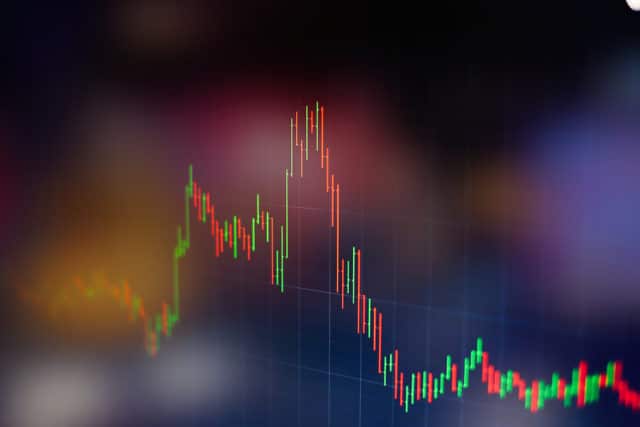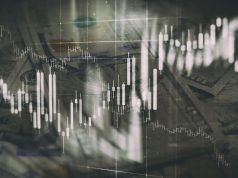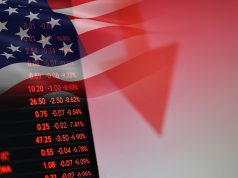The US dollar has reached its lowest level in the last two years against a basket of six currencies, as market participants have reduced their expectations for another interest rate increase during the year. The euro keeps hitting new highs, largely due to hopes that the ECB will cut down quantitative easing.
New York Fed President is far less confident about a rate hike in 2017. His tone on Thursday had a negative impact on demand for green money, pushing the U.S. currency down to a 10-month low against the yen and a 2.2% drop for the week.
Concerns about the short-term effect of Hurricane Irma have further worsened the currency, analysts said. The dollar index reported its lowest level since January 2015 at the end of last week, reaching 91 points, the biggest weekly decline in the past two months.
The euro is already up against the dollar by more than 14% since the beginning of the year, and last week it has raised 1.4%. The ECB’s comments last week did not address the issue of bond purchases as a growth stimulus, but the markets as well as officials from the ECB agree that the phasing out of this program is the next logical step.
However, the beginning of this week brought a reversal in the currencies, mainly due to shift toward more risky investments. Weakness of Hurricane Irma, as well as the lack of a new missile test by North Korea, led to an increase of 1.4% against the yen, which is the biggest one-day rise in the currency pair since January. The single currency had reached the exchange rate of 1.2092 dollars per euro, the highest price for the past two years, but lost about 0.7% at night to reach a rate of 1.1962 dollars per euro.
The risk appetite of investors is returning this week, which is evident from stabilizing stock prices, rising bond yields and dollar purchases. These factors prolonged the losing streak of gold for a day, and the rebounding dollar lowered the price of the precious metal from the one-year high to $1,357.54 on Friday.
Gold rose 1.6% last week thanks to the fear of the markets after a successful North Korean missile test and the potential impact of the hurricane season on the US economy. Although these fears did not materialize in significant consequences, uncertainty around North Korea will keep demand for gold, which will limit the fall in prices.
In addition, demand for safe haven appear to grow, as data show that hedge funds have increased their long positions in futures for the eighth consecutive week. In the early hours of Tuesday, the spot price was 0.1% lower than the previous day and reached $1,325 per ounce, and futures with delivery in December dropped 0.4% to $1330 per ounce.










